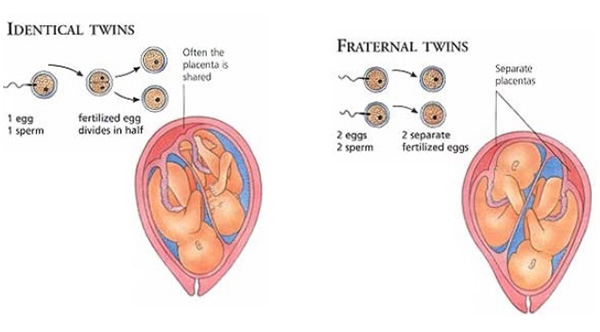The reproductive system is the system through which human beings and other animals reproduce.
NB: The reproductive system in males is different from that in females.
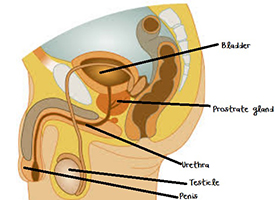
The male reproductive system comprises of:

The female reproductive system comprises of:
Fertilisation takes place when the sperm from the male meets the egg (ova) from the female. This happens when the male inserts his penis into the vagina of the female in a process called sexual intercourse or coitus.
Sperm is usually deposited into the vagina from where they swim through the uterus and reach the fallopian tube.
If there is an egg in the oviduct, a single sperm penetrates the egg and fuses with it. This is known as fertilisation. Fertilisation occurs in the upper part of the fallopian tube.
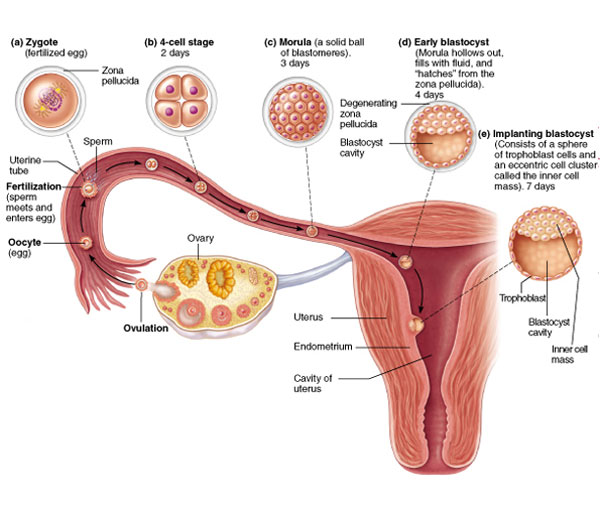
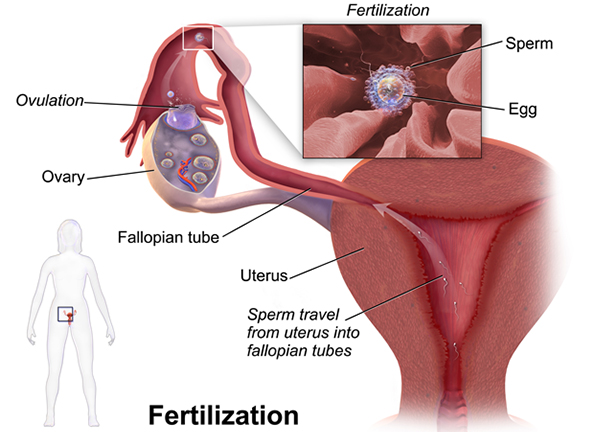
Once fertilisation takes place, a zygote is formed. A zygote is a fertilised egg.

The zygote then moves along the oviduct while it rapidly divides itself. After a while the zygote divides itself and grows to form the embryo.
The nine months that it takes for a foetus to fully develop from a zygote into a baby who is ready for birth is called the gestation period.
By the end of this period, the foetus turns so that its head lies towards facing the cervix.The uterine wall starts to contract powerfully and regularly causing pain and discomfort to the mother. This is known as labour.
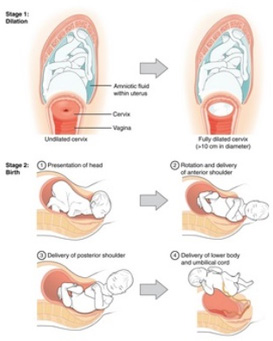
These contractions cause the amnion to break, releasing the amniotic fluid into the birth canal and out of the body. The amniotic fluid lubricates the birth canal as it flows into it.
Further contraction of the uterine walls gradually force the baby out of the mother’s womb through the vagina. This is known as birth or parturition.
When the baby comes out, it is still attached to the mother through the umbilical cord. The umbilical cord is tied with thread in two places then cut.
Tying the two areas prevents loss of blood by the baby and the mother.

Have you seen a baby with this?
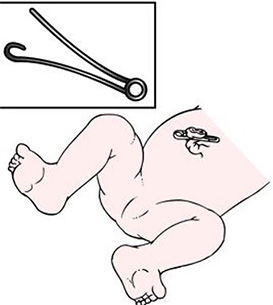
After birth, further contractions of the uterine walls force out the remaining umbilical cord and the placenta out of the mother. This is known as afterbirth.
Afterbirth is very important because if the placenta and the remainder of the umbilical cord are not removed from the mother’s body, they would decay and cause blood poisoning to the mother.
Sometimes the ovaries may release two eggs in a month. If the two eggs are fertilised, then two zygotes are formed. This leads to the birth of twins.
